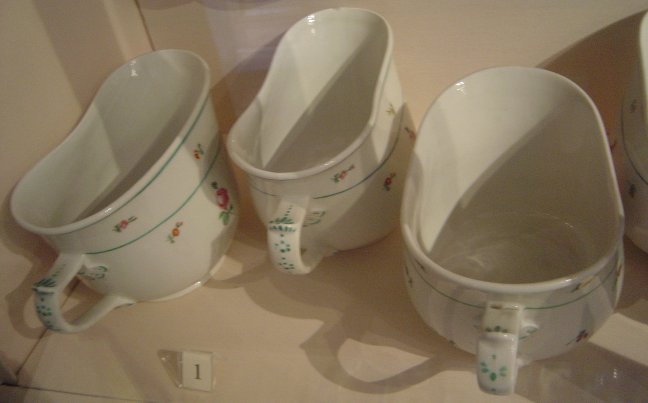During the Middle Ages in England and into the mid 18th century, plumbing was a challenge and changes to sewer discharge and water supply was driven by diseases, specifically, Dysentery and Typhoid. After the fall of the Roman Empire in the 600’s to Scots, Saxons, Irish and Picts, which were more mobile than sedentary, sanitation went back to its very basic level. In 1281, in the Newgate jail, it took a crew of 13 men five nights to clean out its sewer pit. The Black Plague of 1348 appeared in Melcombe and one third of the population of Europe was lost to it.
In England during the 14 century, in the kitchen of the king, there was an open channel through the Great Hall for waste discharge. Aside from chamber pots, carried by servants, or honey pots and outhouses, there was no fixed plumbing within houses for the common person, and only a few of the elite had any type of piped outlets that were limited to the ground floor.
